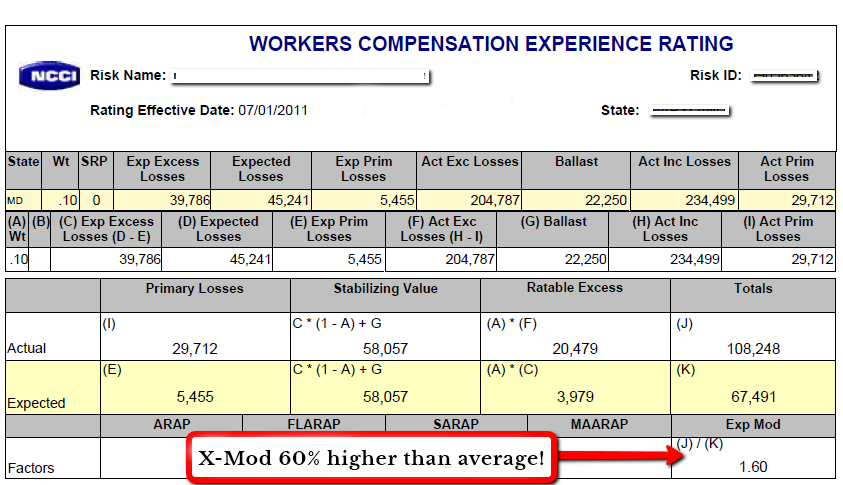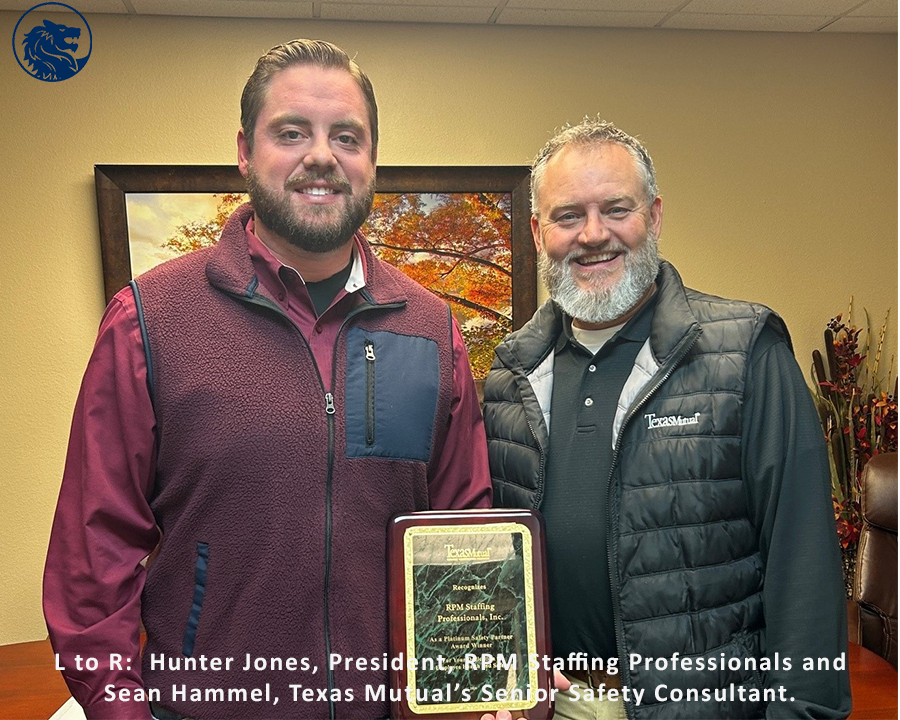20 Mar 7 Ways Captive Insurance Companies Provide a Competitive Edge
In recent years, captive insurance companies have consistently outperformed commercial market insurers. This success is attributed to their balance sheet strength, operational performance, and specialized business models. Captives offer significant advantages, giving organizations a competitive edge in risk management and financial control. Here are seven...












